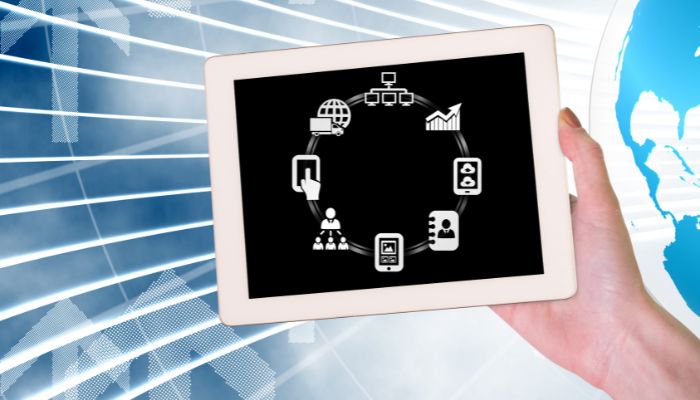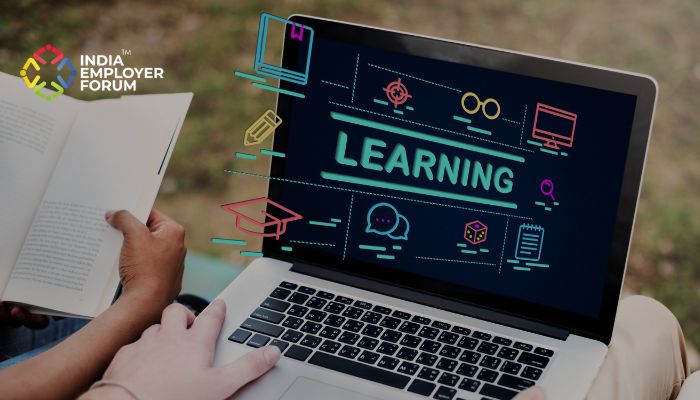After months of lockdown and social distancing due to the COVID-19 pandemic, things are finally starting to go back to normal. Nations are gradually relaxing the lockdown measures, allowing for a cautious opening up of businesses, amongst other things. However, the pandemic has created a lot of disorder in the world of work leaving business leaders with a lot of problems. To tackle these challenges, human resource professionals are leveraging on the use of people analytics for an informed decision-making process.
As nations open up, without a vaccine/cure, experts warn about the possibility of a second wave of infections hitting countries. In essence, the decision to relax lockdown measures is not because the disease disappeared, but one borne out of necessity. Unfortunately, the situation poses serious workplace safety issues for businesses that are opening up their offices.
You might also be interested to read: Analytics Jobs In India Looks Better Than Just Bright
For better management and business decisions, organizations need credible information. It’s on the back of this information that business leaders base their strategies and solutions. People analytics is at the crux of the information gathering process in an organization by ensuring workforce strategies are based on data. Whether it’s figuring out how to keep workers safe, making decisions on furloughs and layoffs, or ensuring the right number of employees are in the right roles, these HR analytics technologies collect, blend and analyze data to guide HR leaders in their “what if” scenario planning.
Since the coronavirus outbreak, a lot of business activities have relied on technology more than ever before. While HR analytics has been on a steady rise before now, according to a study carried out by Dresner Advisory Services in 2017, which reported that big data adoption reached 53% in 2017, organizations now see more potential for people analytics tools. Aside from using human workforce analytics for managing people at work, enterprises are now using HR analytics to create safe work environments for their employees.
So far, with the use of people analytics during the coronavirus outbreak, organizations have been able to understand better how the pandemic affects their employees. According to 180 surveys of 75,000 employees across 10 different countries, 71% of employees are concerned, 60% are struggling to find a satisfying work-life balance, 33% are experiencing low levels of effectiveness, and 25–50% report reduced productivity due to other distractions. With such information, organizations can develop effective plans that will be most useful in times of crisis.
Companies have also integrated public health data with people analytics. The purpose of this is to gain insight into employee health to evaluate the possibilities of exposure and protect the workplace. The integration of HR workforce analytics with public health data will help businesses identify areas where operations can resume safely. It can also identify the risk associated with employees who may need to return to work that involves a high amount of human contact.
Organizations can use people analytics for workforce planning also. Companies can evaluate the data collected with HR analytics tools to identify staffing requirements. Using people analytics strategies, they can use the data to identify employee skills and competencies, while optimizing the role of each employee. Organizations can also use it to make decisions on employee layoffs when needed.
References:
- 53% of companies are adopting big data analytics by Louis Columbus||December 24, 2017
- People analytics in the age of COVID-19 by Jojo Harris||July 20, 2020
- Ensuring better workforce strategies with people analytics during COVID-19 by Smriti Srivastava||June 29, 2020
You might also be interested to read:
Related Topics:






